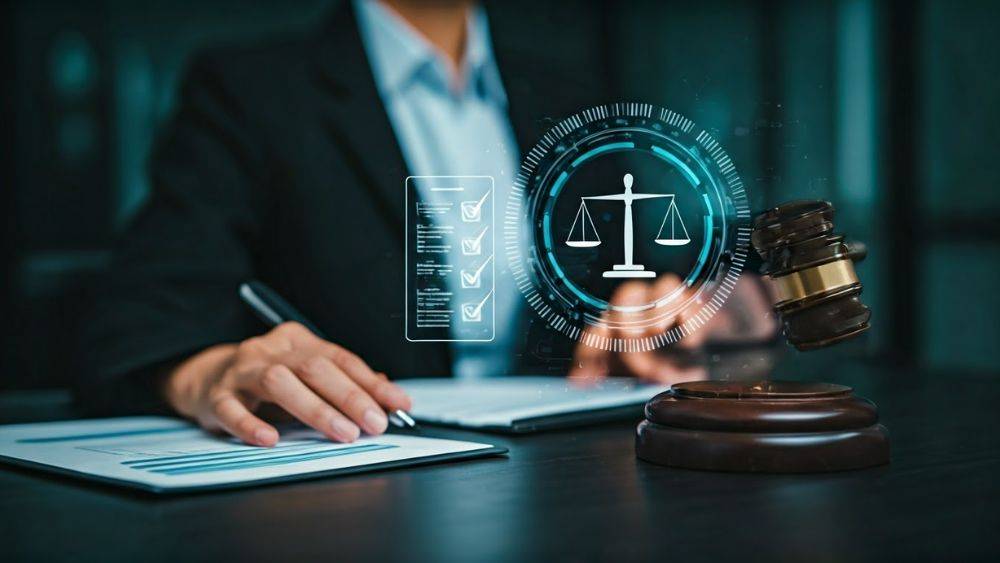Technology is the ever-evolving precinct today, and everyone has to adapt to this changing technology if they yearn to stay at the helm of updates and innovations. The periodic rate of technological advancements is accelerating exponentially. People are coming up with newer technologies and methods to use them for their own benefit and to make everyone’s life easier. And a lot more has also progressed during the outbreak of the pandemic due to COVID-19. Over recent years, technology has also impacted the economy of India with a considerable amount of investments towards its growth.
Technology has led to the rise of its various by-products like e-shopping, corresponding e-payments, e-offices, e-classrooms, virtual offices, cloud computing etc.
Technology has affected the entire humankind, society and businesses too. Modern-day humans have become more inclined towards the internet and social media. The advancements and developments in technology have also given rise to the volume of crimes being committed using this advanced technology. Such crimes require legal registration, offences require to be penalized, and the offender to be punished.
Crimes committed using the technology are considered cyber crimes, and laws employed to govern these crimes are called Cyber Laws. Technology Laws of India Decrypted is a comprehensive study of Cyber Laws.
Information Technology Sector In India
The IT sector, borne much after Indian Independence, has made up the leeway to be one of the important pillars of the Indian Economy. The Indian Information Technology sector is the only sector that has witnessed double-digit growth. This shows that it is one of the fastest-growing industries in India.
Technology has redefined the meaning of being social. The internet and new technology have impacted modern-day humans and are also bent towards extensive criminal activities. The mere introduction of certain laws is not enough to counter such objectionable activities. Changes in the pre-existing laws are also required to be altered and increased effectiveness.
The only Act which has dealt with the Information Technology sector is The Information Technology Act 2000, along with several amendments in the pre-existing legislation.
- The Information Technology Act, 2000
The Information Technology Act of 2002 is an act that provides legal acknowledgement to online transactions, which is an alternative to paper-based transactions. This is the principal law that deals with cyber crimes and electronic commerce.
This bill was negotiated by the then Minister Of Information Technology, Pramod Mahajan and signed by the then President K.R. Narayanan.
The original Act of 2000 marked the regulations regarding electronic documents, electronic records and signatures and the audit, authentication and legal recognition of those records. The IT Act of 2000 underwent changes in 2008 with the growth in the information technology zone. Some of the offences which were added in the new regulation of 2008 were: offensive messages made illegal, pornography banned, etc.
-
Indian Penal Code, 1860
The IT Act of 2008 amended certain sections of the Indian Penal Code of 1860. The scope of the documents involved in the physical payment transactions, which were paper-based, was increased to the electronic records and documents.
-
Indian Evidence Act, 1872
The other legislation which was amended by the IT Act of 2008 is The Indian Evidence Act 1872. This amendment involves the procurement of the evidence of the electronic records and documents and its proper legal recognition. Electronic records, digital payments and secure electronic records are some of the keywords which are added by the stated amendment.
-
Bankers’ Books Evidence (BBE) Act, 1981
This legislation was also amended by the IT Act 2008. This made the electronic copies of the bank statements as evidence which are taken from any electronic device, permissible in the courts. The printouts, along with a certificate, are required for data integrity assurance.
-
Reserve Bank Of India Act, 1934
This Act was amended by the IT Act,2008 as well. This involved the inclusion of electronic transactions between a particular person and the bank, like Real Time Gross Settlement (RTGS) and National Electronic Funds Transfer (NEFT).
-
Prevention Of Money Laundering Act (PMLA), 2002
This Act was introduced after the IT Act 2000. This Act empowered the authorized authorities to use technology and online data sharing to monitor the transactions, which are more than 10 lakhs in a single month which are done in multiple layerings to hide the real source of money.
-
E-records Maintenance Policy Of Banks
This Act empowered the banks to maintain the online records, registers and documents of the transactions and their policies rather than using the conventional of maintaining the records physically.
Crimes In the Information Technology Sector
Technology is expanding at an exponential rate every day, and so are the crimes concerning it. Some of those crimes are data theft, credit card-related fraud, identity theft etc. Most of these crimes are based on social engineering concepts and fraudulent platforms, which are pretended to be genuine but have malicious intent.
The list of the crimes is as follows:
-
Child Pornography
-
Intellectual Property Crimes
-
Forgery
-
Email Spoofing
-
Unauthorized Access To Computer Systems
-
Cyber Defamation
-
Cyber Stalking
-
Virus and Worm Attacks
-
Denial of Service (DOS) Attacks
-
Sale Of Illegal Articles
-
Trojan Attacks
-
Logic Bombs
-
Internet Time Theft
Offences And Penalties Under The IT Act, 2000











